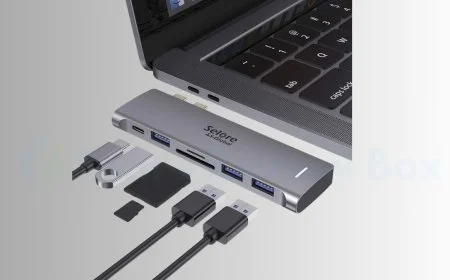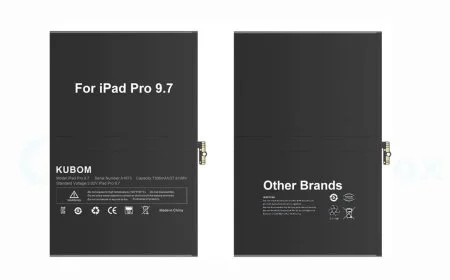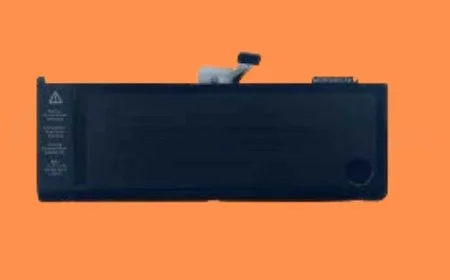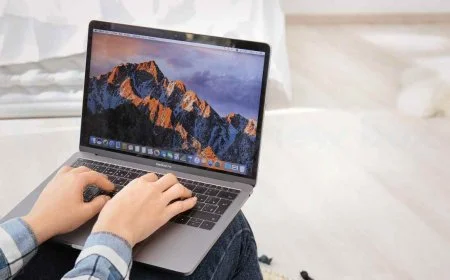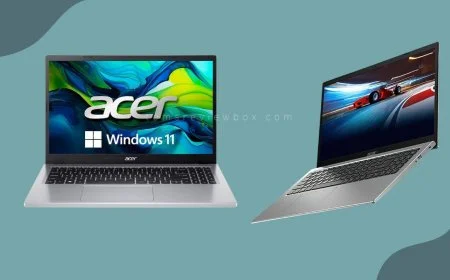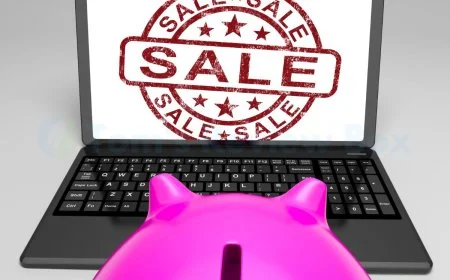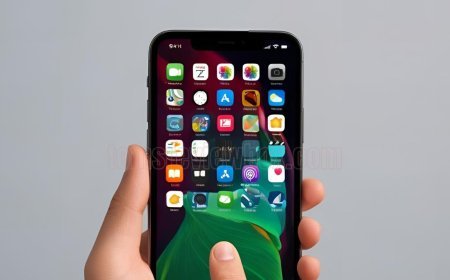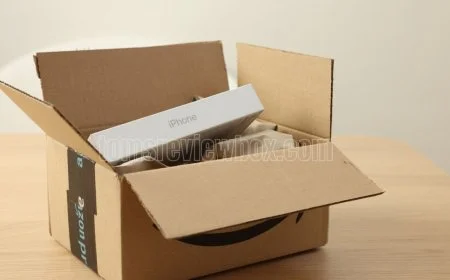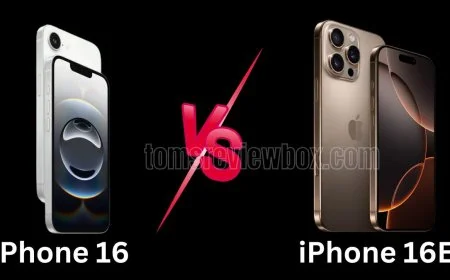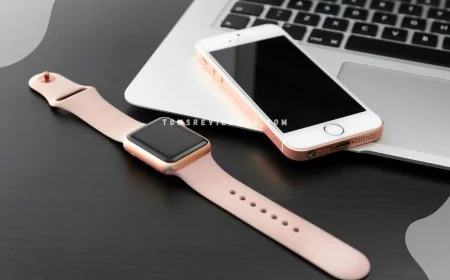Can You Trade In a Financed Car? What You Need to Know this year
Discover how to trade in a financed car, even if you owe money. Get the essential steps and tips for a smooth process!

Key Takeaways
- In short, yes, you can trade in a financed car. Just make sure you are aware of your loan balance and your vehicle’s trade-in value to begin with! That’s when this knowledge goes a long way in helping you make smart, informed decisions.
- Determine how much you owe on your current loan by calling your lender to get your payoff amount. Know your payoff amount and the fees involved so that you’re not blindsided when attempting to trade in a financed vehicle.
- Determine your car’s current market value with resources such as Kelley Blue Book or local dealerships. Whatever route you take, it’s always important to know your car’s trade-in value before beginning negotiations.
- Figure out if you are upside down (loan balance is greater than your car’s value) or have positive equity (car value is greater than loan balance). It’s important to note that trading in with negative equity might put you in a worse financial position.
- Shop your trade-in with different dealerships, private buyers, or online car buying services. Use these offers to compare and make sure you’re getting the most money for your car.
- Before trading, gather all necessary documentation, finalize your loan payoff, and confirm ownership transfer with the dealer to complete the process smoothly.
Buying or leasing a new car usually involves trading in your current vehicle. The good news is, yes, you can trade in a financed car. You’ll want to make sure you take these important steps to avoid a hassle.
The dealership usually pays off whatever you still owe on the car and uses any equity you have on it toward your new vehicle. If the car’s value is less than the loan balance, you might need to cover the difference, often called negative equity.
Knowing your loan terms and the car’s market value, as well as how the trade-in process works, will help you make confident, smart decisions. Taking this method will help you maximize your former vehicle’s value while minimizing the hit to your wallet.
It’s the most realistic solution for most car owners.
Can You Trade In A Financed Car
1. Understand What It Means
Trading in a financed car begins with knowing how car financing works. When you finance a vehicle, you’re taking out a loan from an institution to purchase the car. Your monthly payments are going towards the loan principal (the amount you borrowed) and interest (the cost of borrowing).
The lender pays the dealer the full price of the car upfront and you repay that loan over time. These basic principles are laid out in the finance contract you signed at time of purchase.
2. Check Your Loan Balance
To trade in a financed car, you’ll first want to understand your loan amount. Call your lender and ask for a payoff amount, which includes any fees owed. This number is typically more than you’d find on your monthly bill, since it includes all unpaid interest.
Check your payoff balance before end of loan surprises.
3. Assess Your Car’s Value
Evaluate your car’s market value before going to any dealership. Use tools like Kelley Blue Book or Edmunds for estimates, compare local listings, and get trade-in offers directly from dealers.
Vehicle condition, mileage, even seasonal demand can affect value. For example, Japanese brands like Toyota tend to hold their value better. Toyota had five models on 2014’s resale charts.
4. Know If You Have Equity Or Negative Equity
Equity is important when trading in. Positive equity means your car’s value is greater than your loan balance, allowing you to use the difference to make a down payment on a new purchase.
Negative equity is the situation that arises when you owe more than your car is worth, which can make trades more complicated. Rolling over negative equity into a new loan raises total debt, so be extra careful if you go this route.
5. Contact Your Lender For Details
Speak with your lender to make sure you know the procedures for the payoff, as well as any penalties/fees involved. Transparency in communication helps make sure you’re on the same page about what you owe financially before you move forward.
Finding a dealership that values your time, like Wesley Chapel Toyota, simplifies your life. They take care of the payoff directly, and if necessary, they can roll it into a new loan.
How To Trade In A Financed Car
1. Research Trade-In Options
To get the most money possible for your financed car, it pays to shop around. Selling directly to a dealership is the fastest, easiest way to trade. Yes, selling privately will require more time and effort, but you can get more money for your car this way.
Online car buying services, such as Carvana, Vroom, or CarGurus provide a completely remote, hassle-free experience to sell your car without ever stepping foot in a dealership. By comparing offers from local dealerships, private buyers, and online services, you can make sure you get the most money for your trade-in.
Specifically, a dealership might be willing to pay less than a private buyer would spend. They do handle the paperwork, which does make things much easier on your end. Consider whether convenience or maximizing profit is your top priority before making your selection.
2. Negotiate With Dealerships
Negotiation is always going to be the most important step in receiving the best trade-in value. Find out what your car is worth on the open market with resources like Kelley Blue Book or Car and Driver’s car trade-in estimator.
Take this information with you to the dealership to help make your case. If the dealer’s offer isn’t satisfactory, be ready to walk away. Dealers may provide incentives on the new purchase, so make sure to research those for further savings.
3. Complete The Loan Payoff Process
To trade in a financed car, begin by obtaining a payoff quote from your lender. This will be the precise figure you need to cover your outstanding loan. Make sure this amount is accounted for at trade-in, as you might owe more than what the car is worth.
Let’s say you still owe $15,000 on a car worth only $13,000. That $2,000 deficiency results in negative equity, which might be rolled into your next loan, increasing your future monthly payment.
Make sure you clear any outstanding finances and check that all documentation is correct first.
4. Transfer Ownership To The Dealer
Once the loan has been paid off, you will need to transfer ownership. Hand over all necessary paperwork to the dealer, including the title and proof of your loan payoff.
They’ll take care of the title transfer, but make sure to verify that all paperwork is in proper order. This prevents headaches down the road when it comes time to sell the car or your loan comes due.
What Happens When You Trade In A Financed Car
This is where this process can really hurt your finances. What happens will depend on if you have positive or negative equity. Positive equity is when your car’s trade-in value exceeds your current loan balance.
On the plus side, the excess balance can be applied to your new vehicle purchase, lowering the amount you’ll need to borrow. Now, say your car is worth $15,000 but you only owe $10,000. That $5,000 difference will bring down the amount you need to finance your new loan.
Negative equity—or being “upside-down” on your loan—happens when you owe more than your car is worth. For example, your car may only be worth $12,000, but you owe $14,000. That $2,000 deficit needs to be covered upfront or added to your new loan.
Adding negative equity to a new loan raises the total loan amount and can lead to larger monthly payments and interest. Using tools like Kelley Blue Book to check your car’s value and a car loan calculator to estimate new payments can make this process clearer.
Trading in a financed car can affect your credit score. By paying off your old loan, you can create a more beneficial credit history. Assuming a new, bigger loan could hurt your credit score.
Keeping an eye on your credit report after your trade can help you catch any inaccuracies and stay on top of your credit health.
Trading In A Financed Car For A Lease
The process of trading in a financed car for a lease is not as simple. If you’re looking to change cars, it’s a viable and practical option. First, find out your car’s trade-in value.
Tools such as online car value calculators make this a no-brainer by showing you the fair market value in just a few seconds. So, if you owe $7,000 on your current car and the dealer gives you $8,000, they will pay off your loan balance for you. You’ll then receive the last $1,000 directly applied to your lease down payment.
If you’re upside down on your car, here’s how to proceed. You can either pay the negative equity upfront or roll it into your new lease payments. Rolling over isn’t the most economical option, particularly for low-income drivers.
Leasing is more flexible than buying outright. With leasing, you’ll have the benefit of lower monthly payments and the opportunity to drive a new car every few years. Brands such as Honda usually populate the most popular lease deals lists, providing you with plenty of choices.
Yet, it’s incredibly important that we understand the terms. For example, leases usually come with mileage restrictions, and going over those could result in additional charges. Taking the time to read the fine print will keep you from being shocked later on.
Should you need to end your lease early, plan to pay termination fees. These fees can add up and greatly affect total costs, so be sure to consider them before making a decision.
Trading In A Financed Car For Another Vehicle
Trading in a financed car for another vehicle isn’t complicated as long as you take it one step at a time. First, determine the payoff amount on your current auto loan. You can find this easily on your monthly payment statement. This number serves as a reality check to ensure you know where you stand financially, especially when considering your next car purchase.
Next, calculate your car’s trade-in value using online calculators such as Kelley Blue Book or look for your dealership’s Value Your Trade tool. If you owe more than your car is worth, the difference will be deducted from your next purchase. For example, if you owe $7,000 on your car and they give you $8,000 for it, you receive a surplus $1,000 that can be applied towards your new car loan!
Consider what you truly need in a new vehicle. Purchasing a new vehicle can help reset your priorities. Attributes such as space, gas mileage, or long-term care expenses should be evaluated. By trading in for a newer model, you’re usually getting better safety, better technology, and better reliability, making it a good option for many buyers.
A side-by-side comparison of different makes and models is essential before making a decision. Read research reviews and reliability ratings, and test-drive a number of vehicles to find the best fit for you. Whether new or used is the better choice comes down to your personal budget and preferences. Brands like Toyota, for instance, always rank near the top for value retention, so it’s a smart strategy.
Explore Available Vehicle Options
When exploring vehicle options for your next car purchase, consider these factors to make a smart decision.
- Budget Constraints: Stick to a price range that aligns with your finances.
- Choose something that fits your lifestyle, whether it’s a sedan, SUV, or truck.
- Balance upfront costs with long-term expenses.
- Test multiple vehicles to see which feels most comfortable and meets your needs.
- Read consumer reviews and ratings to spare yourself from possible migraines.
- New vs. Used: Each has its advantages. New cars are often covered by warranties, while used cars tend to be cheaper.
Factor In Down Payment Requirements
Especially since your trade-in value will go a long way in helping you afford a down payment on your next vehicle. The dealership wants to give you $8,000 for your current car. You owe $7,000 on the loan, so you can add the other $1,000 straight to your down payment.
Many dealerships will have set down payment requirements, so it doesn’t hurt to inquire about these ahead of time. Making a bigger down payment will lower your monthly payments, giving you more breathing room in your budget. Just make sure to account for the extra cost when purchasing the new vehicle. Taxes, DMV fees, and any aftermarket add-ons can be substantial!
Consider Long-Term Financial Impacts
The true cost of trading in a financed car goes deeper than the monthly payment. Many dealerships will give you the option to roll your current loan into your new loan. Just know that if you do, you’ll be adding to the size of your new loan.
Before you buy, consider the long-term cost of ownership (insurance, fuel, maintenance, etc.) Ensure that the new car is a good fit for your long-term financial goals. You should consider the long-term financial benefits of having a reliable car – a Toyota, for instance. It’s good for the environment because it retains its value and reduces the cost of maintenance.
Financial Considerations When Trading In A Financed Car
There are lots of financial considerations when trading in a financed car that need to be taken into account. First, consider how much you owe on the existing loan versus how much you can get for the car in trade. Should the car’s worth be greater than the loan amount, you’re in possession of favorable equity.
You can apply that equity when you make your next purchase. This can help decrease the total you have to finance, making your monthly payments lower. Negative equity is when you owe more than the value of the car. Rolling this balance into a new loan increases your total amount financed.
This can lead to higher monthly payments and total cost.
Analyze Monthly Payment Changes
Before you trade in, make sure to do the math on how much more you’ll be paying each month. Your car’s trade-in value directly affects how much you’ll owe on your next car loan. For example, if you get a higher trade-in value, then you don’t have to borrow as much on the new one, which can help you keep payments low.
Trading in a vehicle for one with a greater monthly payment might dig you into a deeper budget hole. Pay careful attention to interest rates, since they have a big impact on how much your payment will be. If saving money is your primary financial goal, buy a cheaper vehicle.
A good, low-interest rate will make your savings even greater.
Calculate Total Loan Costs
So getting a good picture of the overall expense of the new loan is of utmost import. Total costs is the total of the principal loan amount, interest paid over the life of the loan, and any fees incurred. Opting for a longer loan term might lower monthly payments but result in greater interest expenses over the life of the loan.
Always check the loan’s annual percentage rate (APR) and include charges such as origination or documentation fees. Getting a total view of these costs will help make sure you know what your new financial responsibility will be.
Avoid Common Financial Pitfalls
Steering clear of common pitfalls can help the trade-in process go more smoothly. Here are key missteps to watch out for:
- Not knowing your car’s current market value.
- Skipping negotiations on the trade-in offer.
- Not accounting for negative equity and how it affects the new loan.
- Underestimating your budget when agreeing to new payments.
Keep yourself protected by looking up your vehicle’s value online and asking financial professionals for advice when necessary. Careful planning and preparation, such as saving for a larger down payment, can help you avoid unnecessary costs and improve your overall deal.
Conclusion
You can trade in a financed car, and it can be an intelligent decision if you have a plan. That opens up the possibility of trading in for something that better suits your new needs. Whether it’s a different car or a lease, you have alternatives. Being informed about your car’s trade-in value, loan payoff amount, and what financial options you have will keep you in the driver’s seat. It’s not about making fast decisions — it’s about making decisions that are right for you.
Watch the numbers as well. By getting a clear understanding of equity and how it applies to your particular deal, you can avoid getting blindsided. Work with dealerships or lenders that educate you and provide transparent, reasonable terms.
Now that you’re prepared to make a trade in on your financed car, move forward. Do your own research, ask a lot of questions, and invest in what brings real, lasting value to your life.
Frequently Asked Questions
Can you trade in a car that is still being financed?
The answer is yes, you can trade in a financed car. The dealership will then pay off the remainder of your current loan balance. Before starting the process, it's a good idea to understand your car’s value and what you owe on your auto loan.
What happens to your loan when you trade in a financed car?
When considering a car purchase, a good idea is to use a trade-in, as the dealer immediately pays off your current loan. If your old car is worth more than you owe, you receive that equity, making it a smart deal for your next car.
Is it possible to trade in a financed car for a lease?
In short, yes—a good option is to trade in a financed car to get a lease. The dealer will handle the car loan payoff, and any positive equity can contribute to your lease down payment.
Can you trade in a financed car for another vehicle?
Yes, you can trade in your financed car for another vehicle. In this case, the dealer would pay off your current loan, applying the value of your trade-in toward the payoff. Any positive equity is applied straight to your new car loan.
What if you owe more on the car than it’s worth?
If you owe more than the value of your old car, you have negative equity. You’ll either need to pay the difference out of pocket or roll it into your next car loan, which can add to your new loan balance.
How do you calculate the payoff amount for a financed car?
Call your lender to find out the exact payoff amount on your current loan. This consists of the leftover loan balance plus the fees. Subtract this from your car’s trade-in value to determine your equity or negative equity for the next car purchase.
Are there financial risks in trading in a financed car?
Most likely yes, particularly if you’re upside down on your current loan. Adding negative equity to a new car loan just adds to the total debt you owe. Make sure you know your finances and the terms of your auto loan before you trade in.
What's Your Reaction?








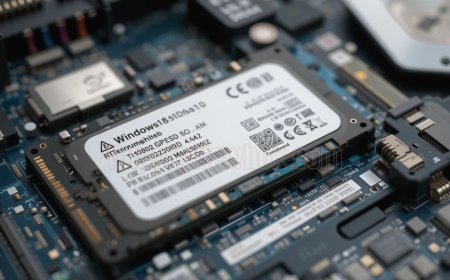

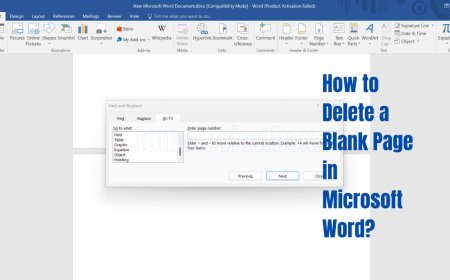
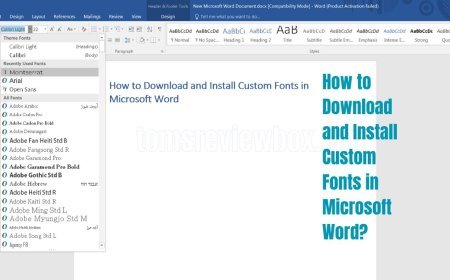





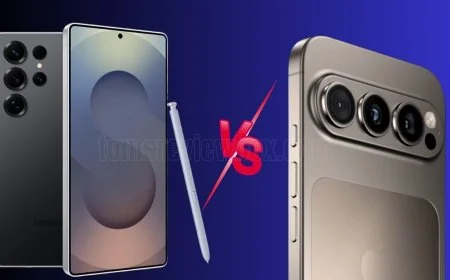



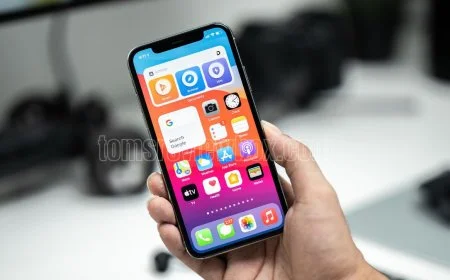

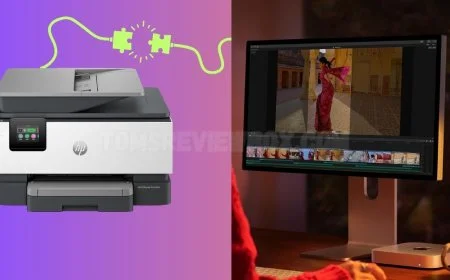
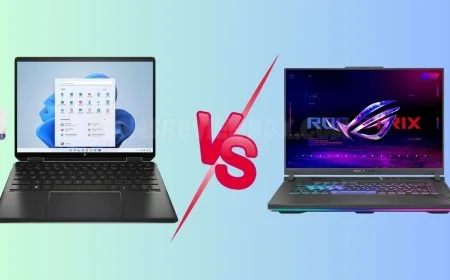

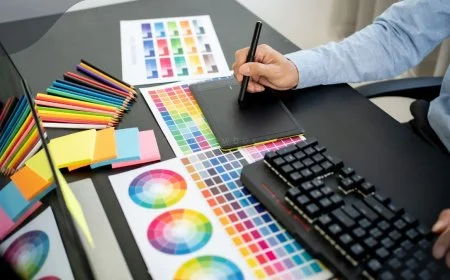
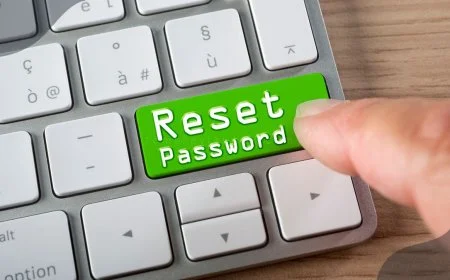

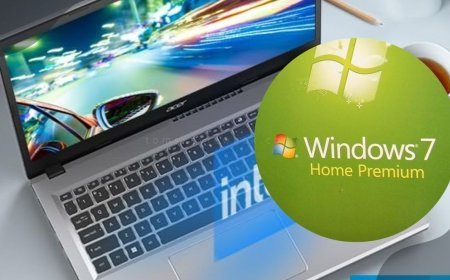


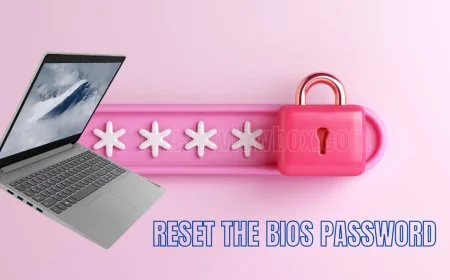
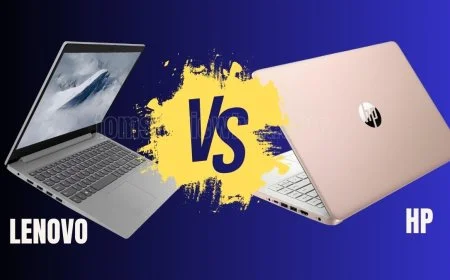
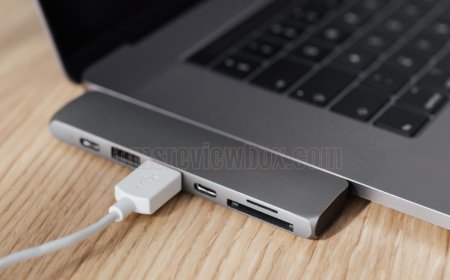


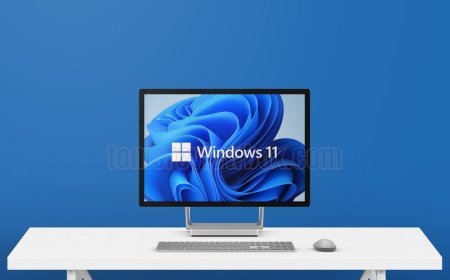

![MacBook Pro M5: All the features and specs you need to know [LEAKS REVEALED]](https://tomsreviewbox.com/uploads/images/202502/image_430x256_67bd6d7cd7562.jpg)
